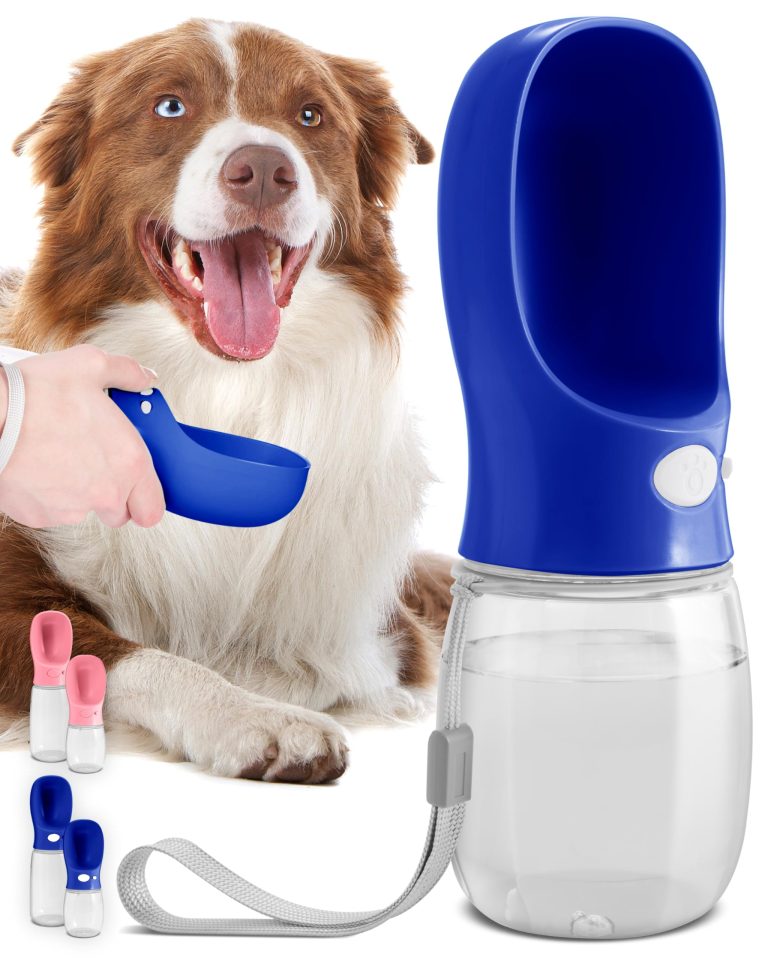Dealing with Doggie Fear Aggression – Training for Confidence

Fear aggression is a common issue faced by dog owners, and this behavior can be both challenging and concerning. If your furry friend exhibits fear aggression, it is important to address it promptly to ensure their safety and the well-being of those around them. Here are some essential aspects to think when dealing with doggie fear aggression:
Understanding Fear Aggression
Fear aggression is a defense mechanism exhibited by dogs when they feel threatened or scared. This behavior is often a result of past traumatic experiences, lack of socialization, or genetics. It can manifest as growling, snarling, barking, or even biting.
Recognizing the Signs
Being able to identify the signs of fear aggression is the first step in addressing the issue effectively. Common signs of fear aggression include:
- Intense and prolonged barking
- Growling or snarling
- Showing teeth
- Aggressive lunging
- Biting or nipping
Seeking Professional Help
If your dog displays fear aggression, it is essential to consult with a professional dog trainer or behaviorist. They have the knowledge and experience to evaluate your dog’s behavior thoroughly and create a customized training plan for their specific needs.
Training for Confidence
The key to managing and overcoming fear aggression is building your dog’s confidence. Training exercises that focus on positive reinforcement can help your furry companion develop trust and overcome their fears. Here are some helpful tips:
Socializing your Dog
Expose your dog to various environments, people, and animals from an early age. Controlled interactions with other friendly and well-behaved dogs can help your dog develop social skills and learn appropriate behavior.
Desensitization and Counterconditioning
Gradually exposing your dog to the situations or triggers that elicit fear aggression can help them become desensitized. Start with low-intensity exposure and reward your dog with treats or praise for calm behavior. Over time, increase the intensity of the stimuli while continuously reinforcing positive responses.
Positive Reinforcement Training
Use positive reinforcement techniques such as treats, toys, or verbal praise to reward your dog for desired behaviors. This approach builds trust, strengthens the bond between you and your dog, and encourages them to repeat the desired behavior.
Companionship and Emotional Support
Dogs are social animals and thrive on companionship. Providing a supportive and loving environment contributes significantly to managing fear aggression. Here are some ways you can cultivate companionship with your four-legged friend:
Consistency and Routine
Establish a consistent daily routine that includes regular feeding times, exercise, and playtime. Consistency provides a sense of security for your dog, reducing anxiety and fear.
Physical and Mental Stimulation
Engage your dog in physical activities such as walks, runs, or interactive play. Mental stimulation, like puzzle toys or obedience training sessions, helps keep their minds occupied and reduces stress.
Patience and Calmness
When dealing with fear aggression, it is important to remain patient and avoid punishing your dog. Instead, maintain a calm and composed demeanor to reassure them that everything is all right.
In Summary
Dealing with doggie fear aggression requires understanding, training, and companionship. Seek professional help, train for confidence using positive reinforcement techniques, and cultivate companionship to manage fear aggression effectively. Remember, your dog’s well-being and happiness depend on your commitment to their needs.







